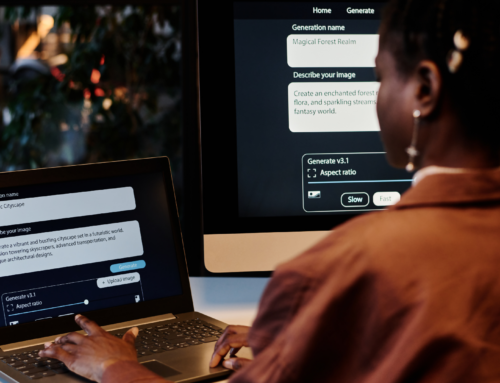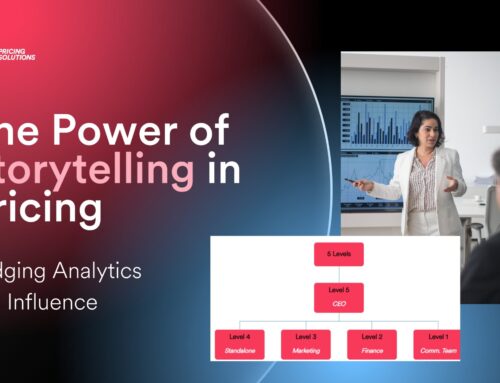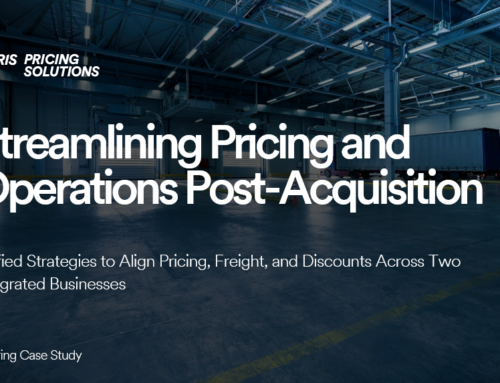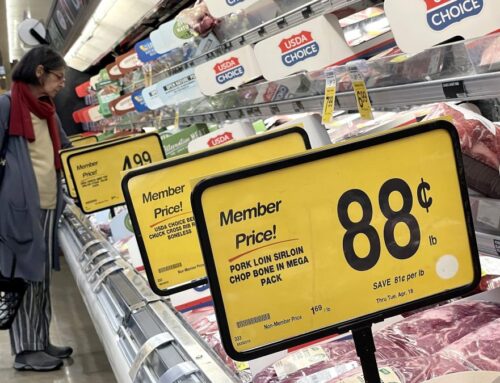Many businesses miss out on potential profits from not applying psychological pricing and consumer’s price perception. Certain numbers are processed differently in the mind of consumers. By understanding consumers’ pricing perception, your business is able to further maximise volume and profits. Setting prices that are either too high or low could drive away potential clients. In consumers’ mind, the most appealing price isn’t always the lowest one.
Pricing Solution’s finds that clients who use cost plus pricing often underprice their products and services. Cost plus pricing is developed by calculating costs then adding on a markup to create the selling price. It is common practice for most businesses. However, it fails to take into account the effects of psychological pricing.
Missing Out on Potential Profits
Often cost plus pricing does not maximise consumer price tolerance meaning your business could be missing out on potential profits. Below are some examples of businesses where we applied psychological pricing to in order to improve their profitability.
One educational institution selling $25 million dollars worth of night school and continuing studies material was using a cost plus pricing system. This meant that their courses had a broad range of price points from $57 to $74. During Pricing Solution’s research we discovered that consumers did not distinguish between $10 increment zones, for example, $54 and $59. Prices within this $10 range were so-called “dead zones”, where consumers did not discriminate between higher and lower price points. Meaning that a price increase from $54 to $59 would not affect the total volume of sales. If this particular educational institution were to have set prices at $59, $69, and $79 instead, they could have earned an additional $1.8 million in profits. A 7.2 percent increase by simply implementing a psychological pricing model.
In another example, we conducted research for a brewery which had a price point of $15.85. Through our study, we showed that a price increase to $15.95 would make no psychological difference to the consumer. However, this increase of just 10 cents would make a huge profit difference to the brewery’s bottom line. By applying this pricing psychology model the brewery could capture estimated profits of $4.1 million in just one year.
How Psychological Pricing Affect Your Price Points
In order to apply psychological pricing methods to your business, you must conduct price-point testing and pricing research. Psychological pricing isn’t just a theory nor is it a concrete formula, it is a pragmatic approach to pricing. One where you consider price perception just as much as price calculation. The goal of pricing is the same for every company, to set prices that are both desirable to clients and to create healthy profit margins.
One Association was dramatically impacted by changes in price points when they planned to release a book. The association needed more information to set a price and in order to do so, they conducted price point testing. The four price points tested were:$23, $25, $27, and $29. The association then analysed the interest for each of the four price points and discovered shockingly that the $29 price had the highest response. Consumers’ interest seemed to be driven not by lower prices but by a price that was perceived to provide better value. The association then confidently set the price at $29 knowing it was the optimal price point that gave them both the highest price and the largest volume.
Price Points that end with ‘9’
This phenomenon of ‘9’ ending prices has garnered a lot of research within consumer psychology. Manoj and Thomas of Cornell University conducted a study in 2005 researching this exact effect. Through their research, they affirmed the previous hypothesis that consumers perceive “9 “ending prices as being lower than prices that are in reality higher. Psychological pricing is in part understanding these seemingly illogical perceptions and leveraging them to boost performance. Some companies even build a pricing model around “9” ending price points, reversing the normative cost plus pricing model.
Swedish Furniture Company IKEA employs a pricing model called, “design to price” which works backwards to the cost-plus model. IKEA prices items by first finding an optimal price point (usually one that ends with a 9) where customers perceive the greatest value. They then build the best product they can which also meets that price point, the complete opposite of cost-based pricing. This pricing method is especially effective for companies with a broad spectrum of price points.
How to Navigate Pricing Thresholds
Consumers segment prices in their head and have psychological thresholds they are unwilling or hesitant to purchase after. As a business, you cannot be hung up trying to flirt around this threshold, once you cross a key price point continue raising prices to the next logical threshold. As mentioned in the study by Manoj and Thomas, consumers process certain prices to be lower than they actually are, so when you break a certain barrier, do not do so by a few cents, rather take the price up to the next optimal level.
In one example a major confectionery manufacturer was faced with the problem of needing to raise the price of two chocolate bars from the existing 99 cents. Any increase in price would push them through a key threshold point (99 cents). When the company decided to make the price increase volume expectantly dropped. However, the volume stayed the same whether the price was $1.09, $1.19, or even $1.29. In the consumer’s mind, any price point higher than 99 cents within a 30-cent range made no difference. If the volume is already decreasing from the original price, why not set a price that maximises consumer tolerance. With insight into this mindset, this confectionery manufacturer captured an extra 16% of profits for every two chocolate bars it sold.
We’ve written about how increasing your prices can be a hard step for businesses to take, however it is pivotal for the health of any company. So whether your objectives are to reevaluate your current pricing structures or to raise prices, it is important to capitalise on the psychological pricing and set optimal price points. Any change in your prices might see a decrease in volume, so it is important that you reanalyze your pricing method. By doing so you can accurately see the effects of the price change and ensure that you are not leaving any profits behind.





